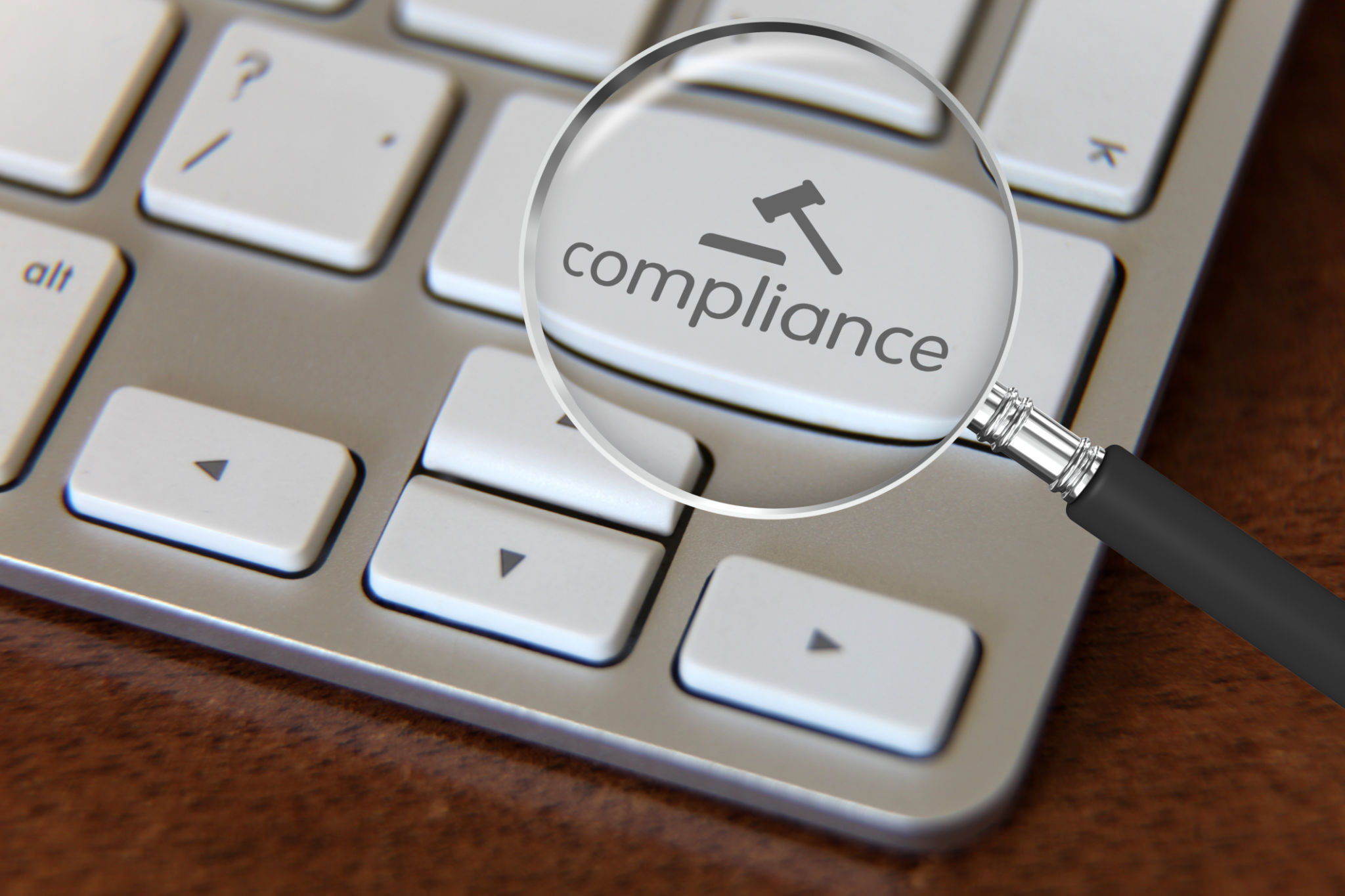Regulating Cybersecurity: Navigating New Policies and Compliance Challenges
EC
As cyber threats grow more sophisticated and pervasive, governments and regulatory bodies worldwide are enforcing stricter cybersecurity standards. These regulations aim to safeguard sensitive data, protect consumer privacy, and ensure resilience against attacks. However, navigating this evolving regulatory landscape poses significant challenges for organizations. In this article, we explore key cybersecurity regulations, their implications, and strategies to maintain compliance.
The Need for Cybersecurity Regulations
The rapid digitization of industries has created vast opportunities for innovation but also expanded the attack surface for cybercriminals. High-profile data breaches, ransomware attacks, and supply chain compromises have highlighted vulnerabilities and the need for robust cybersecurity measures. Regulations are critical for protecting consumer privacy, mitigating financial risks, strengthening national security, and encouraging accountability among organizations.
Key Cybersecurity Regulations to Know
General Data Protection Regulation (GDPR) in the European Union focuses on data privacy and security. It requires consent for data collection, mandates breach notifications within 72 hours, and imposes heavy fines for non-compliance, up to €20 million or 4% of annual turnover. Similarly, the California Consumer Privacy Act (CCPA) in the United States grants consumers rights to access, delete, and opt out of data sharing, with fines for violations ranging from $2,500 to $7,500 per incident.
Other significant frameworks include the NIST Cybersecurity Framework, a voluntary guideline widely adopted in the United States to manage cybersecurity risks; the Cybersecurity Maturity Model Certification (CMMC), which secures the supply chain for the Department of Defense; and the Digital Operational Resilience Act (DORA) in the EU, aimed at enhancing the cyber resilience of financial entities.
The Health Insurance Portability and Accountability Act (HIPAA) in the United States mandates stringent data security and privacy requirements for healthcare providers, insurers, and their business associates. It focuses on protecting sensitive patient health information (PHI), enforcing access controls, and ensuring breach notifications. Non-compliance can result in fines up to $1.5 million per violation category per year.
The Federal Financial Institutions Examination Council (FFIEC) provides guidelines and standards for financial institutions in the United States. It emphasizes the importance of risk assessments, incident response plans, and third-party vendor management to protect financial systems and consumer data from cyber threats. Institutions must demonstrate compliance during periodic examinations to avoid penalties and reputational damage.

Compliance Challenges Organizations Face
One major challenge is keeping up with changing regulations, especially for global companies navigating conflicting laws across jurisdictions. Resource constraints, particularly for small and medium-sized businesses, make compliance more difficult as they often lack the expertise or funding to meet requirements. Additionally, third-party risks add complexity, as organizations must ensure vendors and supply chain partners are also compliant. Strict incident reporting timelines, like GDPR’s 72-hour rule, leave little time to investigate breaches, while non-compliance can result in substantial fines and damage to customer trust.
Strategies for Achieving Compliance
To stay compliant, organizations should conduct regular audits to assess their cybersecurity measures and address gaps. Employee training is essential to raise awareness of compliance obligations and best practices. Adopting a risk-based approach helps prioritize resources on high-risk areas, while automation tools can streamline data monitoring and incident response. Engaging legal and security experts ensures organizations can interpret complex regulations effectively. Staying informed about new laws and updates is also crucial to maintaining compliance.
The Future of Cybersecurity Regulations
As threats continue to evolve, so will regulations. There is a growing trend toward harmonizing global standards, creating sector-specific rules for industries like healthcare and finance, and addressing risks posed by emerging technologies such as artificial intelligence and quantum computing.

Conclusion
Cybersecurity regulations are a critical component of the fight against cyber threats, but compliance requires vigilance, investment, and adaptability. At TechHorizon Consulting one of the things that we offer with our vCISO service is auiditing that allows you to see how well you are following regulations like the one mentioned in this article. If this interests you please visit our "Contact Us" page. By staying informed, leveraging technology, and fostering a culture of security, organizations can not only meet regulatory requirements but also strengthen their overall resilience in an increasingly complex digital world.
